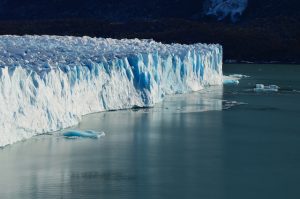The world’s longest reef The Great Barrier Reef (it measures 2,027 km) is witnessing its fourth mass bleaching incident since 2016.
In the lead up to summer 2021-22 there was increased coral cover detected across the reef, but warmer waters were detected in December, increasing through to March, reported SBS.
The findings of the study were published on Tuesday in a report co-authored by the Australian Institute of Marine Science, the CSIRO and the Great Barrier Reef Marine Park Authority.
“Above-average water temperatures led to a mass coral bleaching event late in the summer,” the report reads. The reef’s mean sea surface temperature during the period was recorded at up to 0.4C above average in some parts.
On March 18, the Great Barrier Reef Marine Park Authority confirmed that there had been severe and widespread bleaching to 60 per cent of the corals along a 500-km stretch of individual reefs that together make up the massive ecosystem.
“Compared to previous summers, cumulative impacts were limited this summer, with one major pressure, a marine heatwave, dominating,” the report added.
The report also noted the ongoing threat to the reef. “Climate change remains the greatest threat to the reef,” it said.
“The events that cause disturbances on the reef are becoming more frequent, leaving less time for coral recovery.”
The Great Barrier Reef is like the Amazon forest of the sea. It is home to
astounding 1,500 species of tropical fish. It is also home to over 2, 000 species of immobile aquatic invertebrates known as sponges. There are seven species of marine turtles on the planet and The Great Barrier Reef is home to six of them. Then there are also numerous species of mollusks, amphibians, and reptiles that the Great Barrier Reef sustains. Hence, the Great Barrier Reef is one of the most biologically diverse areas anywhere on the planet.
Coral reefs help defend coastlines by absorbing continual wave energy from the ocean, preventing increasing storm damage, erosion, and floods for people living along the coast. Bleaching events have the potential to drastically alter fish populations. This can result in fewer catches for fishermen, affecting food supplies and related economic activity.






